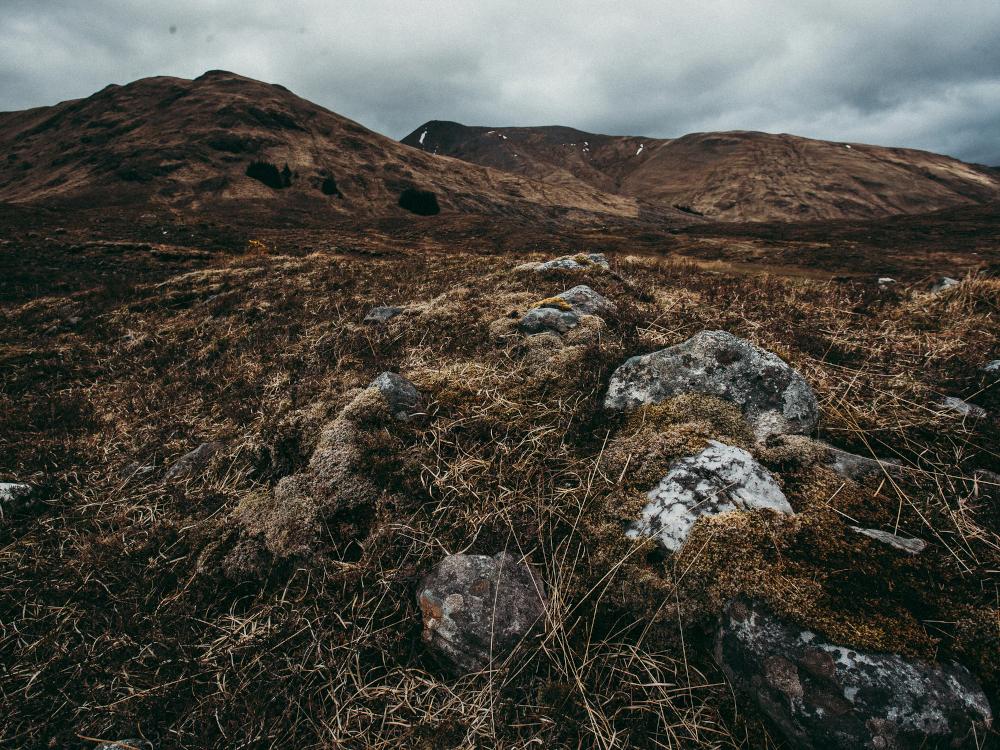The languages of Scotland
Published June 9, 2021

Officially there are three languages in Scotland: English, Scots and Gaelic. Almost all Scots speak standard English these days, which is the official and educational language and, as in other countries, is regionally colored with different accents and dialects.
English
This so-called “Scottish English” does not diverge much in vocabulary and sentence melody from “Oxford English”, but is often difficult to understand in everyday use due to the mixture with Scots for visitors. The boundaries between “Scottish English” and Scots are fluid and difficult to define, even for academics.
Scots
Academics still disagree on whether the Scots is a Germanic language or a number of English dialects. The United Kingdom has recognized Scots as a regional language under the European Charter for Regional or Minority Languages. Following the opening of the Scottish Parliament in 1999 renewed attempts have been made to use Scots for formal purposes. For example, parts of Parliament’s official website have been translated into Scots on a trial basis.
Scots prevailed especially in the 15th and 16th. Century in the Lowlands, the Scottish lowlands and is a mixture of Middle English, Scandinavian influences (kirk for ‘church’) and Gaelic. Scots is also spoken in some regions of Northern Ireland and Donegal (the so-called Ulster Scots), as these areas were settled by Scottish emigrants in the 17th century.
With the greater influence of the English during the Reformation and the Scottish-English Union, English became more prevalent in Scotland. After the Acts of Union in 1707 the Lowland Scots entered a period of decline. The national poet and “Scotland’s favorite son” Robert Burns (1759-1796) brought the language back to the surface with his poems, many of which were written exclusively in Scots. This revitalisation of Scots went hand in hand with a growing national consciousness among the Scots. The most famous song in Scots For Auld Lang Syne, literally for old long since, more commonly translated as For the sake of the old days is sung in English-speaking countries around the world on Hogmany (New Year’s Eve).
Officially, 1.5 million people - around a third of the population - speak Scots today. However, the language boundaries are very blurred. Even for linguists it is often difficult to determine whether it is ‘Scottish’, a ‘mixture of Scottish and English’ or ‘English with a Scottish accent’, since many Scots terms can are commonly found within normal daily use (such as Bonnie, wee).
Gaelic
The Scottish Gaelic language is one of the Celtic languages and was introduced to the west of Scotland by Irish immigrants (Dalriada) in the 2nd century. From there, Gaelic spread to Scotland and was also spoken at the Scottish court in the 11th century. Gaelic is the basis for a large number of place names in Scotland. In order to destroy the national identity, the Gaelic language was banned after the Jacobite rebellions in the 18th century and was often frowned upon as the language of the (predominantly Catholic) Highlanders.
While Gaelic was displaced from the southern and eastern areas of Scotland as early as the 17th and 18th centuries, Anglicization did not begin in the western Highlands until the 19th and 20th centuries. Above all, with the introduction of compulsory schooling in 1872, the traditional Gaelic was ousted under threat of severe penalties. Today, Gaelic is often only heard in everyday life in the Scottish Highlands and on the Inner Hebrides and Outer Hebridean Islands on the west coast and is still actively spoken by around 1.1% of the population.
However, there are efforts to cultivate Gaelic; Gaelic radio, Gaelic television and newspapers have been around since 1979, and Gaelic has been the official language again in primary schools on the north west coast since 1958. The Gaelic College Sabhal Mòr Ostaig on Skye has existed very successfully for over 30 years and the Gaelic language is also being promoted more and more successfully in the Scottish schools in the Lowlands.
Previous

